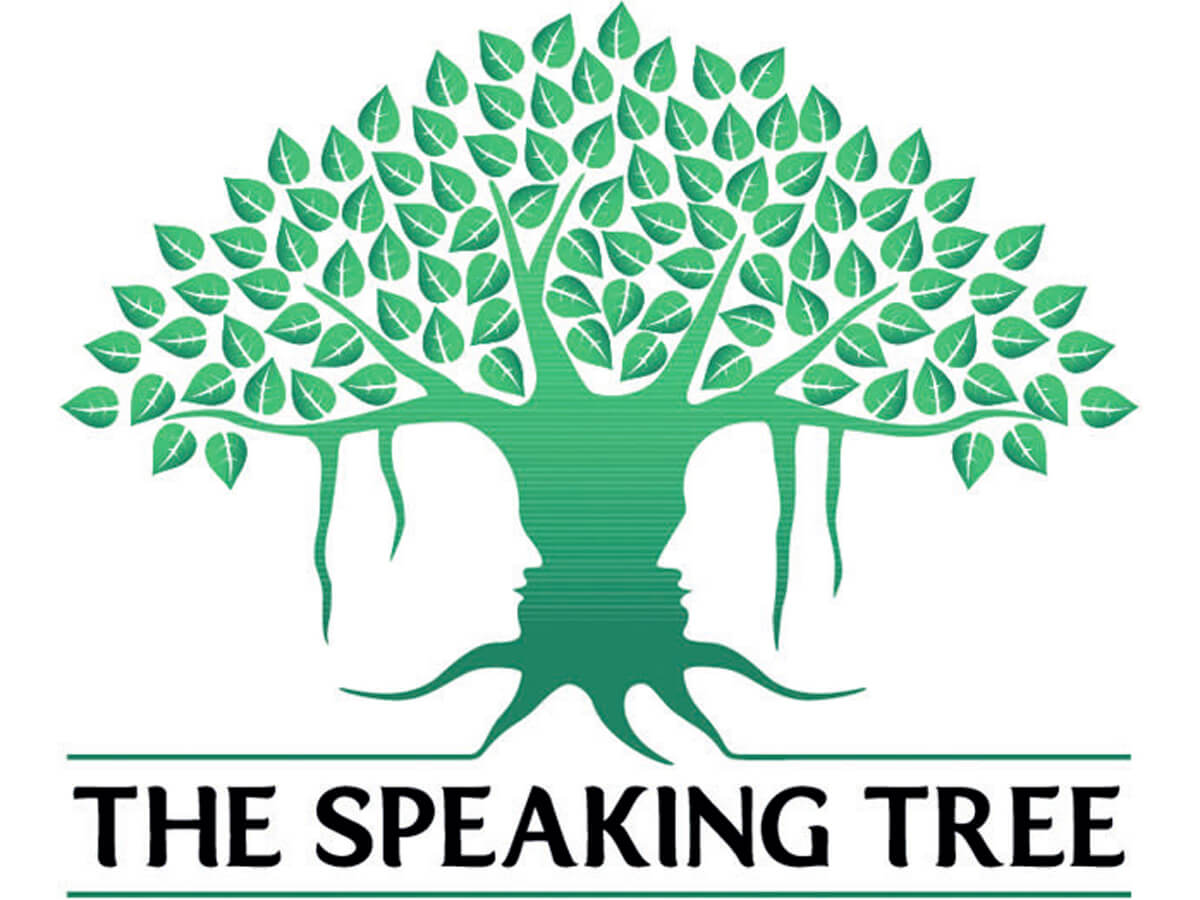The opening sutra of one of the most celebrated yog texts – Patanjali Yog Sutras compiled almost 2,500 years ago – emphasises this when it says ‘Atha Yoga Anushasanam’, indicating yog as a set of disciplined practices. Following the path of yoga is not about how much you know but how much you practice and how deep you are in the discipline. Aiming to integrate body, mind, intellect and breath, the discipline of yog entails eight steps in progression.
Maturity of each leading to the next: yam, niyam, asan, pranayam, pratyahar, dharana, dhyan, and culminating in the highest point of samadhi. Yog is not a panacea for diseases, as wrongly interpreted and touted by practitioners at large, although it is a fact that healthy body and mind are byproducts of its dedicated practice. But confining its practice to merely gaining good health would be like using an aeroplane to go shopping.

